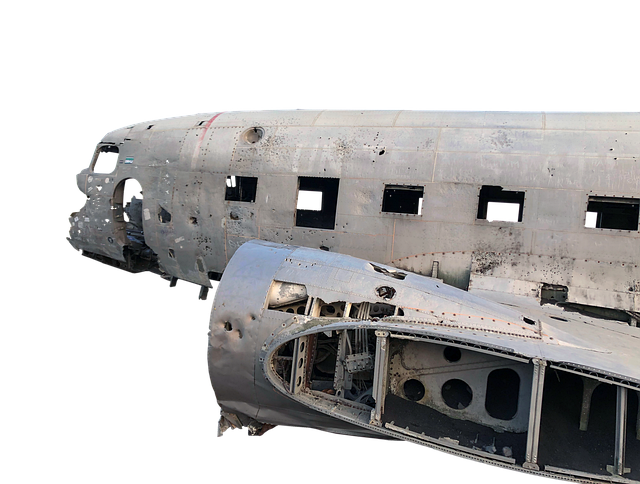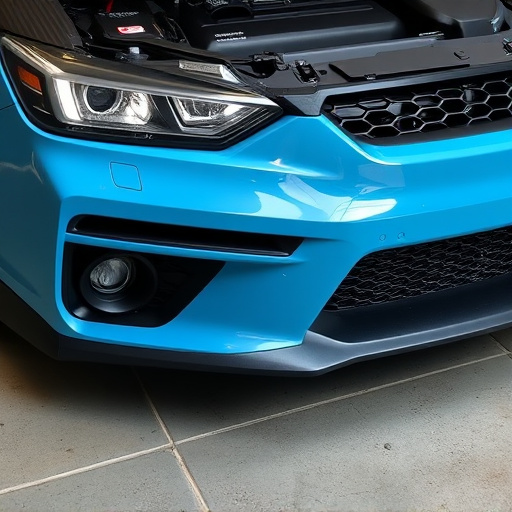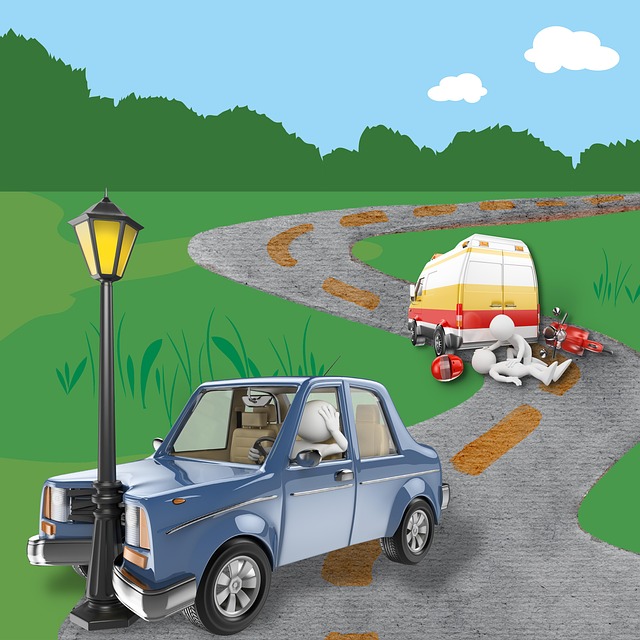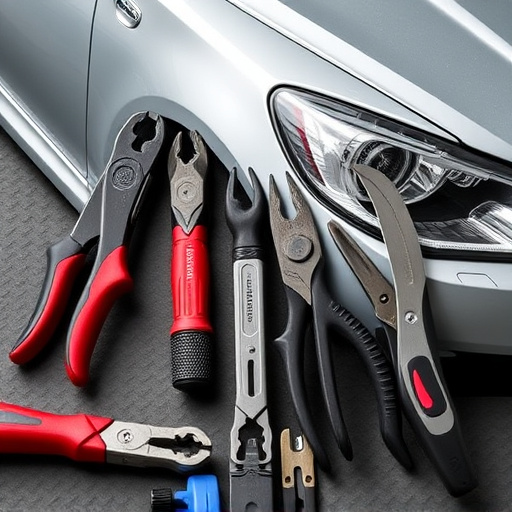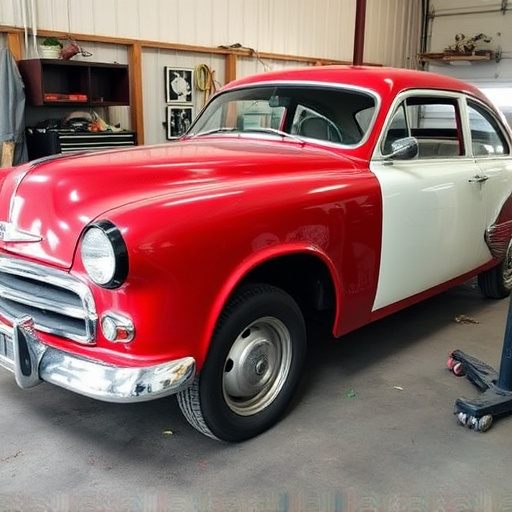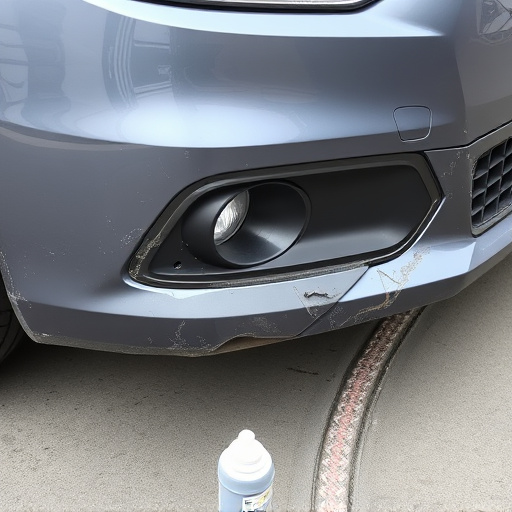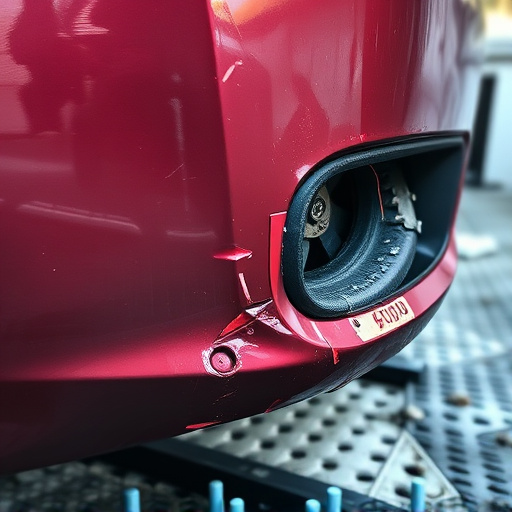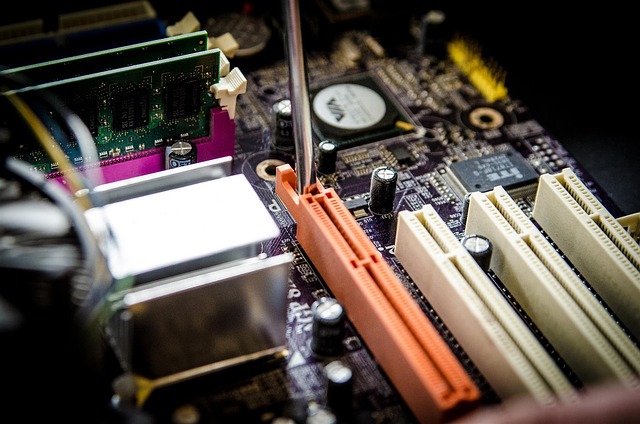The digital transformation of the insurance claims process has streamlined interactions between policyholders and insurers, enabling quicker assessments and repairs through advanced imaging, expert opinions, and pre-approved repair networks. Direct communication with insurance companies offers policyholders enhanced control but requires significant time and effort; alternatively, Alternative Dispute Resolution (ADR) methods like mediation and arbitration are gaining traction as efficient, collaborative solutions to traditional negotiations, avoiding costly courtroom battles and fostering better communication for improved accessibility and swiftness in claim resolutions.
In today’s digital age, many wonder if traditional insurance company negotiations are still relevant. The landscape of claims processing is evolving, challenging the status quo. As consumers seek faster, more efficient resolutions, direct communication with insurers and alternative dispute methods gain traction.
This article explores these shifts, delving into the changing dynamics of insurance claims, the pros and cons of direct negotiation, and emerging alternative dispute resolution techniques, all while shedding light on whether insurance company negotiations still hold value in an ever-transforming market.
- The Changing Landscape of Insurance Claims: Are Traditional Negotiations Obsolete?
- Pros and Cons of Direct Communication with Insurance Companies
- Alternative Dispute Resolution: A New Approach to Insurance Negotiations
The Changing Landscape of Insurance Claims: Are Traditional Negotiations Obsolete?

The insurance claims process has undergone a significant transformation in recent years, challenging the traditional model of insurance company negotiations. The digital age has brought about efficient, streamlined systems that cater to both policyholders and insurers. With just a few clicks, claimants can now report accidents, track claims progress, and even access a network of pre-approved car repair services for vehicle collision repair. This shift towards digitisation has reduced the need for lengthy negotiations, as many aspects of the claims process are now automated and transparent.
Gone are the days when policyholders had to navigate complex paperwork and spend valuable time arguing over settlement amounts with insurance companies. Modern technology enables faster assessment of damage, often using advanced imaging and expert opinions, leading to quicker decisions. Moreover, with readily available access to car body shops and their repair services, policyholders can focus on getting their vehicles back on the road while leaving negotiations to the experts—insurers themselves. This evolution in the claims landscape questions the traditional value of direct negotiations with insurance companies, suggesting that efficient digital processes may be the way forward for a smoother, less time-consuming experience.
Pros and Cons of Direct Communication with Insurance Companies
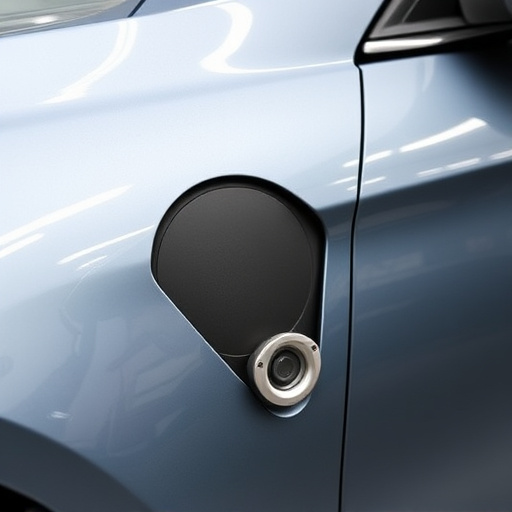
Direct communication with insurance companies can be a strategic move for policyholders looking to navigate claims efficiently. One significant advantage is the potential for better understanding and control over the claim process. By engaging directly, individuals can clarify terms, question assessments, and ensure their needs are accurately represented. This is especially beneficial when dealing with complex cases involving extensive auto repairs, such as collision repair services or auto painting, where detailed discussions can lead to more precise settlements.
However, there are also considerations that make some people hesitant. The process may demand substantial time and effort, requiring individuals to balance their daily lives while coordinating with insurance adjusters. Additionally, without prior experience in insurance negotiations, policyholders might find themselves at a disadvantage, leading to potential undercompensation for services like auto maintenance or collision repair. Therefore, weighing these pros and cons is crucial before deciding to directly communicate with an insurance company.
Alternative Dispute Resolution: A New Approach to Insurance Negotiations

In today’s evolving landscape of insurance claims resolution, Alternative Dispute Resolution (ADR) is gaining significant traction as a new approach to traditional insurance company negotiations. ADR offers a more efficient and collaborative path for resolving disputes, particularly in cases involving auto collision repair or car damage repair. By employing methods such as mediation and arbitration, parties can avoid lengthy and costly courtroom battles, which often result in delayed compensation and increased expenses for both insurer and claimant.
This shift towards alternative methods reflects a growing recognition of the limitations of conventional negotiation strategies. With collision repair costs escalating and claims becoming increasingly complex, ADR provides an opportunity to streamline the process while fostering better communication and understanding between insurers and policyholders. This new approach not only benefits those involved in specific auto damage repair cases but also promises to revolutionize the broader insurance negotiations process, making it more accessible, swift, and mutually beneficial.
In today’s evolving insurance landscape, traditional negotiation methods are no longer the sole avenue for resolving claims. With the rise of direct communication and alternative dispute resolution (ADR) techniques, policyholders now have diverse options to navigate insurance company interactions. Understanding the pros and cons of each approach empowers individuals to make informed decisions, ensuring their interests are protected. As the industry continues to adapt, staying aware of these alternatives can save time, reduce stress, and potentially yield better outcomes when dealing with insurance companies. Thus, while traditional negotiations remain relevant for some scenarios, exploring these new strategies is increasingly worth one’s time.
